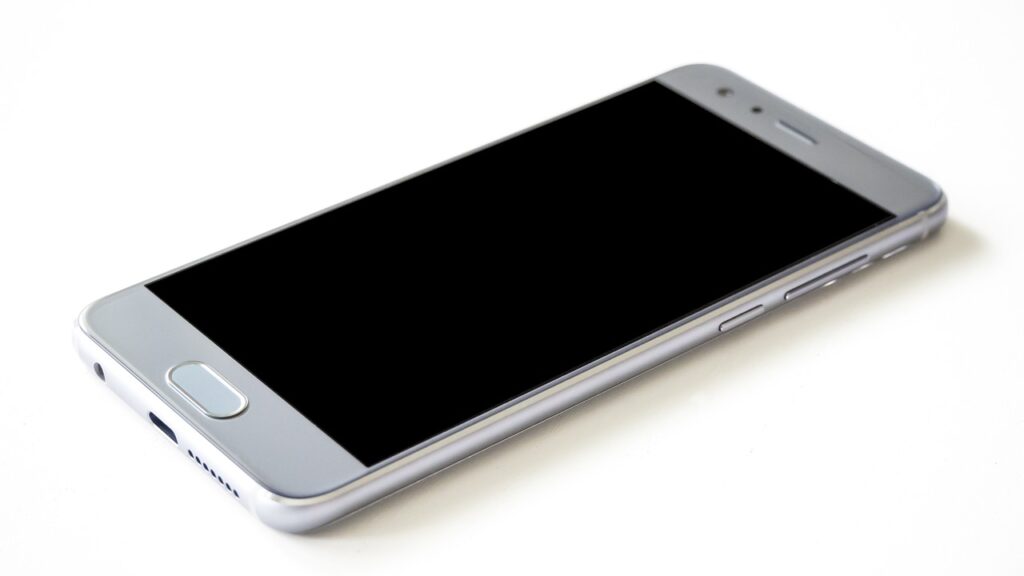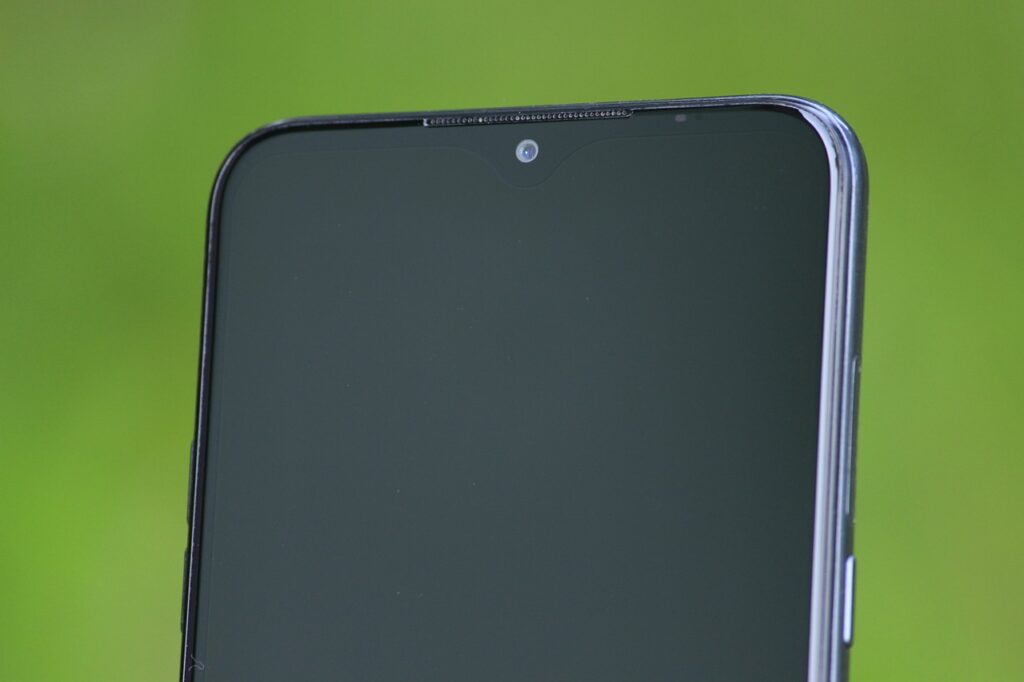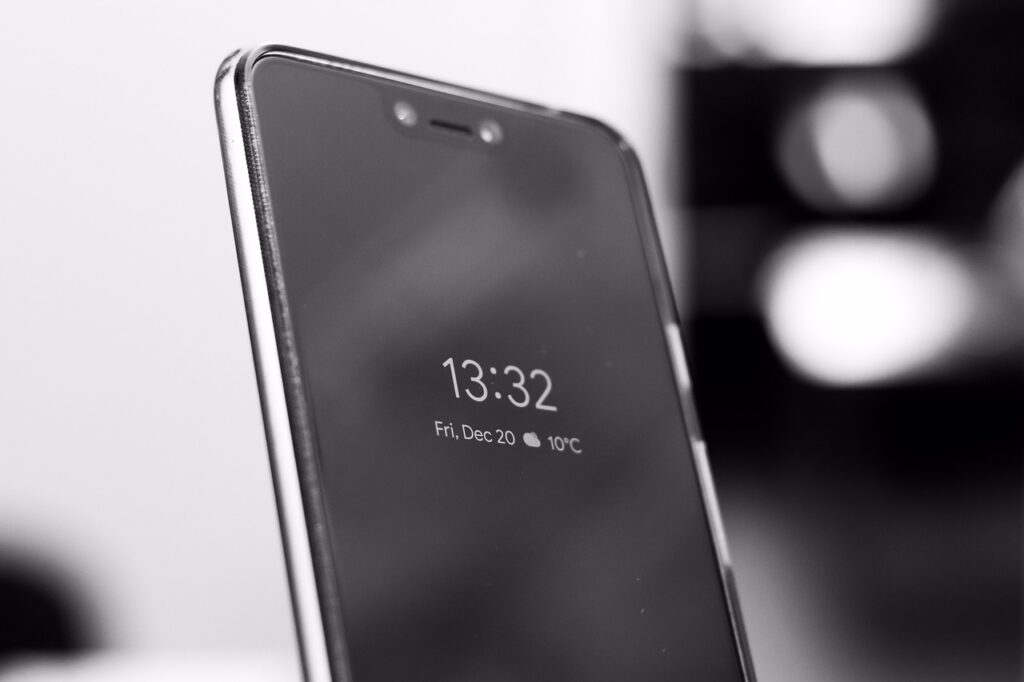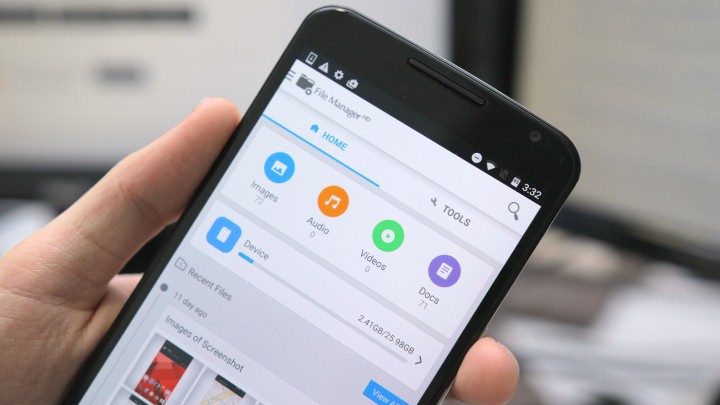Get More Info about Oppo N1 mini in this Review
Even experts may be confused by the long list of scientific jargon in Oppo N1 mini catalog. So many questions will run through your thoughts when you decide to get a new mobile phone. In this blog you can take a look at Oppo N1 mini reviews that demonstrate the majority of its features and industrial jargon so you can understand it all.
Oppo company declared Oppo N1 mini smartphone model on 8/1/2014, and Released 2014, August. However, this model status in the market is: Discontinued.
Oppo N1 mini has a 5.0 inches, 68.9 cm2 screen size
Oppo N1 mini has 16GB 2GB RAM, and 2140 mAh battery life (the more mAh value gives more strength to the battery). When you purchase Oppo N1 mini, you will gain a 13 MP, 1/3.2″, AF rear camera and Rotating pop-up main camera module selfie camera.
Oppo N1 mini comes with the following performance and platforms:
* Android 4.3 (Jelly Bean), ColorOS 1.4 OS,
* Qualcomm Snapdragon 400 (28 nm) Chipset,Quad-core 1.6 GHz Cortex-A7 Processor.
To get a full good Oppo N1 mini review and make a wise decision on what device you will buy, continue reading the following lines.
The Body Features – Oppo N1 mini Review
People are often interested in the mobile phone’s body features, which prompted most cellular phone production companies to use a significant part of the company’s research and budget to evolve this aspect of smartphones so that it suits all the ambitions of the consumer. In the following lines, you will find Oppo N1 mini review, which will sort-out the most important details related to the body of this device.
* Body Dimensions: 148.4 x 72.2 x 9.2 mm (5.84 x 2.84 x 0.36 in) which mean height, width, and thickness (depth) respectively.
* Body Weight: 150 g (5.29 oz).
For cellular phones, a weight between 140g to 170g is deemed adequate for most users.

Read Oppo N1 mini Review To Know Its Colors
Black and white are possibly the most popular colors for cellular phones covers, however, businesses have continued to produce a wide range of other colors in an effort to attract more buyers.
Oppo N1 mini comes in the following colors: White.

Oppo N1 mini Review of The Display specifications and Quality
The screen has always been a main component of cellphone. Still, ever since the advent of full-screen touch cellular phone, it has become imperious for manufacturers to offer the best display devices to consumers, it will boost the viewing and gaming experience.
Keep reading this article to find out what are the major screen features of Oppo N1 mini.
Display Type: IPS LCD – Always choose a screen kind that offers proper black and more glaring colors.
Display Size: 5.0 inches, 68.9 cm2 – Nowadays, mobile phones often have screens that range in size from 4.7 to 6.5 inches.
Screen To Body Ratio: (~64.3% screen-to-body ratio). It refers to the percentage of how much of the front side is covered by the screen.. Smartphones that have the largest screen to body ratio look delicate and give it a premium look.
Display Ratio: 16:9 ratio. the Aspect ratio is the relevance between the height and width of the smartphone screen. Taller aspect ratios like 19.5:9 is coming with the most modern smartphones, and it is suitable for web browsing, and other portrait orientation apps.
Display Resolution: 720 x 1280 pixels. It is the clarity of an image video in details and sharpness. The pixel resolution for high definition screens is 1920 x 1080.
Display Density: (~294 ppi density). It is the number of physical pixels per inch on a screen, and is measured in Pixels Per Inch (ppi).

Knowing Camera characteristics Using Oppo N1 mini Review
In the following lines, you will find Oppo N1 mini review about the main cameras.
* Main Camera Single: {13 MP, 1/3.2″, AF}.
The following lines sort-out some of the symbols included in the camera spesc:
MP (Megapixels) is the resolution of the image taken by a cellular phone.
(f value) is the aperture of a lens indicates how much light it lets in. A bigger aperture lets in more light, and vice versa..
(mm value) This measurement is of the lens’s focal length, which affects the final image that is produced by your camera.
AutoFocus (AF) is the function of a camera to automatically focus on a subject.
The main camera features are as follows:
LED flash, HDR, panorama, 1080p@30fps main video camera.
Here is the Oppo N1 mini review of the selfie camera:
* Selfie Camera Single: Rotating pop-up main camera module
The main camera characteristics are:
LED flash,

Important Details About The SIM – Oppo N1 mini Review
SIM an abbreviation for Subscriber Identity Module, and it’s a small electronic card that slot into your cellular phone. It is an electronic chip that comes in three sizes: Standard (Mini), Micro, and Nano, and it lets you connect to a cellular network. Then, you can make calls, send SMS messages, and use mobile internet services like 3G, 4G, and 5G. For more information about 3G / 4G networks, refer to Oppo N1 mini 3G or Oppo N1 mini 4G articles. However, you can use the mobile phone without a SIM to use some available applications on it, play games, and connect to a Wi-Fi network to explore the web.
This cellular phone model comes with Micro-SIM card. For more info, refer to How to insert SIM card in Oppo N1 mini article.
Here are the common SIM card kinds:
* Nano SIM. It is the smallest removable SIM card size, so it is the most modern one (other than eSIMs, which we’ll talk about it very soon) and it’s used by the vast majority of current cellular phones.
* Micro SIM. They have a little bit larger chip, and they haven’t been utilized too often lately.
* Standard SIM (Mini SIM). It is the biggest SIM card size in use, and it’s the most seldom used.
* eSIM. It is an embedded SIM card, meaning that you can’t remove it from your cellphone.

The Performance – Oppo N1 mini Review
This model has Qualcomm Snapdragon 400 (28 nm) chipset.
Advanced embedded chipsets in cellular phones allows the performing of many different tasks depending on their programming. They are built-in as part of the complete device including hardware and mechanical parts. The most famous chipset types are: QUALCOMM Snapdragon, INTEL ATOM, and MEDIATEK CHIPSETS..
Oppo N1 mini has Quad-core 1.6 GHz Cortex-A7 CPU.
CPU (Central Processing Unit) performance is necessary for the daily user experience. Thus, the higher the number of cores, and the higher the number of processing speed the better the performance will be..
Oppo N1 mini has the following GBU (Graphics Processing Unit): Adreno 305.
This chip is responsible for processing all graphics jobs. In fact, Users are now more familiar about the various GPU chip models included in cellular phone chipsets and occasionally take their performance into account when making purchases.

Oppo N1 mini Review of the Storage Specs and Capacity
One of the main deciding factors when you want to buy a new cellular phone is the size of storage it offers. and the following internal storage: 16GB 2GB RAM
There are two types of phone’s memory:
Internal: It is built in the phone, and can’t be increased. Nowadays, the majority of mobile phones have internal storage that is at least 32GB or 64GB and a few high-end models feature 256GB or 512GB.
External: It is a removable SD card used as an extra storage to store photos, music, videos, etc., regardless of the type of SD card slot.

Oppo N1 mini Review – Mobile Networks and communication
Mobile networking is a term used to describe technologies that can support wireless voice and/or data network connectivity. There are 3 types of mobile networks in use: 3G, 4G (LTE), and 5G. All of it are working on the most modern mobile phones. However, 5G has been innovated with an extended capacity to enable next-generation user experiences, empower new deployment models, and deliver new services.
Oppo N1 mini supports the following networks: 3G. For more information, refer to Oppo N1 mini 3G article. – 4G. For more information, refer to Oppo N1 mini 4G article.

Read About Wireless Connections – Oppo N1 mini Review
This model includes the following wireless connections:
* WLAN connection: {Wi-Fi 802.11 b/g/n, hotspot}. Wireless Local Area Network uses Wi-Fi to communicate to the home or office wireless network using the local router and offers Internet access.
* Bluetooth connection: {4.0, A2DP}. It is a common wireless communication protocol used to communicate two devices together over short distances, allowing them share data between different devices.
* GBS connection: {Yes, with A-GPS}.Global Positioning System enables smartphone to determine any position you need.
* USB connection: {microUSB 2.0, USB On-The-Go}.Universal Serial Bus is wired technology that allows users to connect two devices, such as a smartphone with a PC, to either transfer data or to charge the connected device.
* Features Sensors: {Accelerometer, proximity}. The sensor is a device that detects and majors the changes in the nearby environment such as ambient light and motion.

The Operating System – Oppo N1 mini Review
This model comes with {Android 4.3 (Jelly Bean), ColorOS 1.4} operating system.
PHONE Review – The Battery Main Specs
Nothing is more essential than the smartphone’s battery, which powers these devices and retains daily life going. In the following lines, you will find Oppo N1 mini review of its main battery.
* Battery Technology: {Li-Ion}.
* Oppo N1 mini comes with {non-removable} battery.
* Battery Capacity: {2140} mAh. It refers to the amount of storage volume a specific battery may offer. A battery with 3100 mAh capacity rating could supply a current of 3100 mA for one hour. Higher mAh ratings for the same battery type will generally mean more working time.

Oppo N1 mini Review – The Battery Secondary Specifications
In addition to the major Oppo N1 mini specs that we mentioned earlier, this model has more battery-related features that are relatively varied depending on the model of the smartphone.

